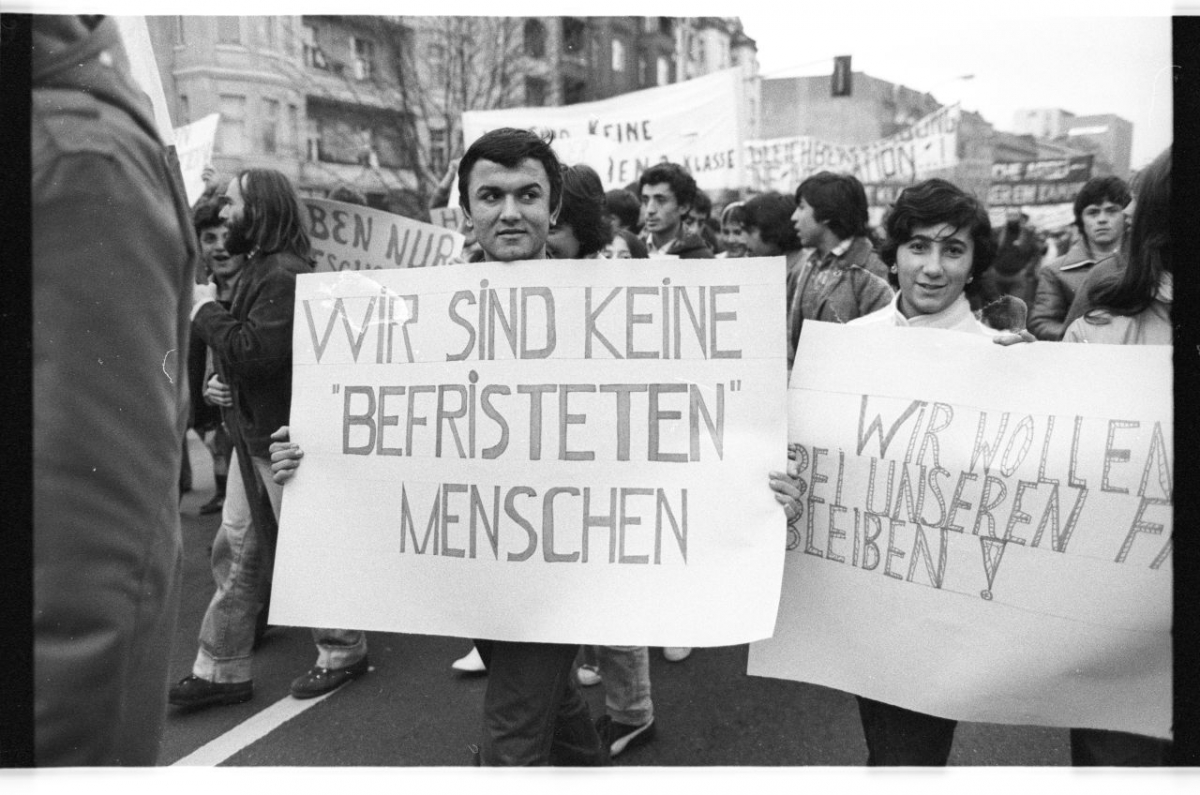
The Significance of Anti-Migrant Protests
In recent months, the UK has witnessed a surge in anti-migrant protests, sparking intense debates about immigration policy, social cohesion, and national identity. These protests, driven by a combination of economic concerns, social tensions, and political discourse, raise critical questions about the future of immigration in the country and its impact on communities.
Key Events and Statistics
According to a report by the Home Office, illegal crossings into the UK had reached unprecedented levels in early 2023, with over 45,000 migrants arriving via small boats in the Channel alone. This influx has intensified public sentiment around the perceived strain on local resources and services, leading to both organised protests and spontaneous demonstrations. Cities like London, Birmingham, and Dover have become focal points for these gatherings, often featuring polarised narratives that reflect broader societal divides.
One of the most notable events occurred in Dover in June 2023, when thousands gathered to voice their opposition against what they claim is an unchecked flow of migrants. The protest was largely peaceful, but tensions escalated when counter-protesters supporting migrants appeared. This clash garnered significant media attention, highlighting the divisive nature of the issue.
Motivations Behind Protests
The motivations of protesters vary widely. Some participants are driven by concerns over job competition, welfare resources, and public safety, feeling that the government has not effectively managed these challenges. Others might be influenced by heightened rhetoric from political leaders and media outlets that frame immigration as a national crisis. The political landscape, particularly with the rise of right-wing parties, has further galvanised these sentiments, as they advocate for stricter immigration policies.
The Broader Implications
The implications of these anti-migrant protests are significant. On a social level, they indicate a growing divide in public opinion regarding immigration and highlight a sense of insecurity among certain demographics. Economically, while some argue that migrants are a burden, studies suggest they contribute positively to the economy, filling labor shortages in critical sectors.
As the situation evolves, it remains crucial for policymakers to address the underlying issues fueling these protests while fostering an inclusive dialogue that considers the perspectives of both migrants and those affected by immigration. The potential for escalating tensions calls for urgent action from government officials to bridge the gap between differing viewpoints.
Conclusion
The rise of anti-migrant protests reflects deeper societal issues that warrant serious attention. As debates continue, the focus should be on creating comprehensive immigration policies that balance humanitarian obligations with national security. Moving forward, it is essential for cities and communities to approach the topic with sensitivity, aiming to promote understanding and integration rather than division.
You may also like

Boris Johnson: A Look at His Current Political Landscape

Recent Developments Involving Jacob Rees-Mogg
